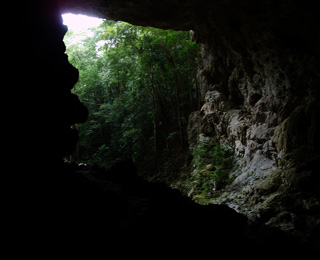Why study gregarines?
Although the notion affronts our traditional paradigms, the most common way of life on earth may well be as a parasite in the intestine of an insect. Parasitism is a pervasive phenomenon observed among members of almost all phyla and approximately 70% of the world's taxa are parasitic, making parasitism a more common way of life than all other trophic habits combined (Price, 1980). As each individual parasite must exploit at least one host individual, parasitism potentially influences the life of every living organism. Insects are by far the most prevalent of available hosts, comprising 950,000 of the 1.4 million species of named plants, animals, fungi, and microorganisms on earth (Savage, 1995). The prevalence of arthropod design and the ubiquity of parasitism provide a novel view of life on earth: the "average" living animal, taxonomically and numerically, is an arthropod less than 1 inch long that probably hosts at least one, if not several, parasitic taxa (Groombridge, 1992; Price, 1980; Wilson, 1988).
The septate gregarines (Protista: Apicomplexa: Eugregarinida) are arguably one of the least known but most intriguing parasite groups living today. They are a diverse group of small, gut-dwelling protozoans that parasitize a wide array of invertebrates including insects, crustaceans, mollusks, arachnids, and annelids. The gregarines are cosmopolitan in distribution and conservative estimates place their global diversity at well over 1 million species, nearly 5 times the diversity often projected for the entire kingdom Protoctista (Levine, 1988; Savage, 1995).
GROOMBRIDGE, B. 1992. Global biodiversity: status of the earth's living resources. London (UK): Chapman & Hall.
LEVINE, N. D. 1988. The protozoan phylum Apicomplexa. Chemical Rubber Company Press, Boca Raton, Florida, 2 vols, 154 p.
PRICE, P. W. 1980. Evolutionary biology of parasites. Princeton University Press, Princeton, New Jersey, 237 p.
SAVAGE, J. M. 1995. Systematics and the biodiversity crisis. BioScience. 45:673-679.
WILSON, E. O. 1988. The current state of biodiversity. Pages 3-18 in Wilson, E. O. & Peter, F. F. (eds.) Biodiversity. Washington DC: National Academy Press.

